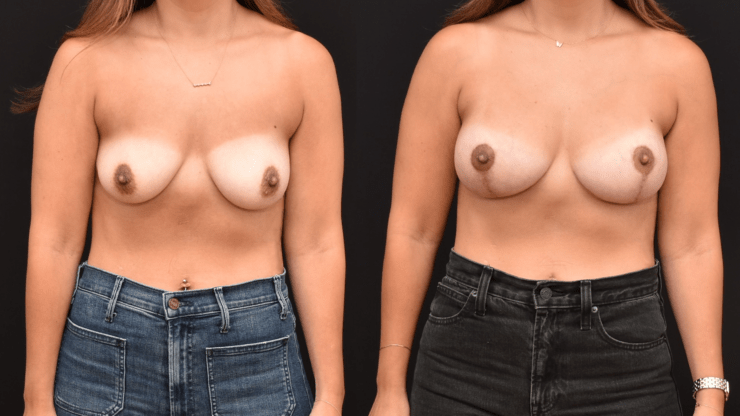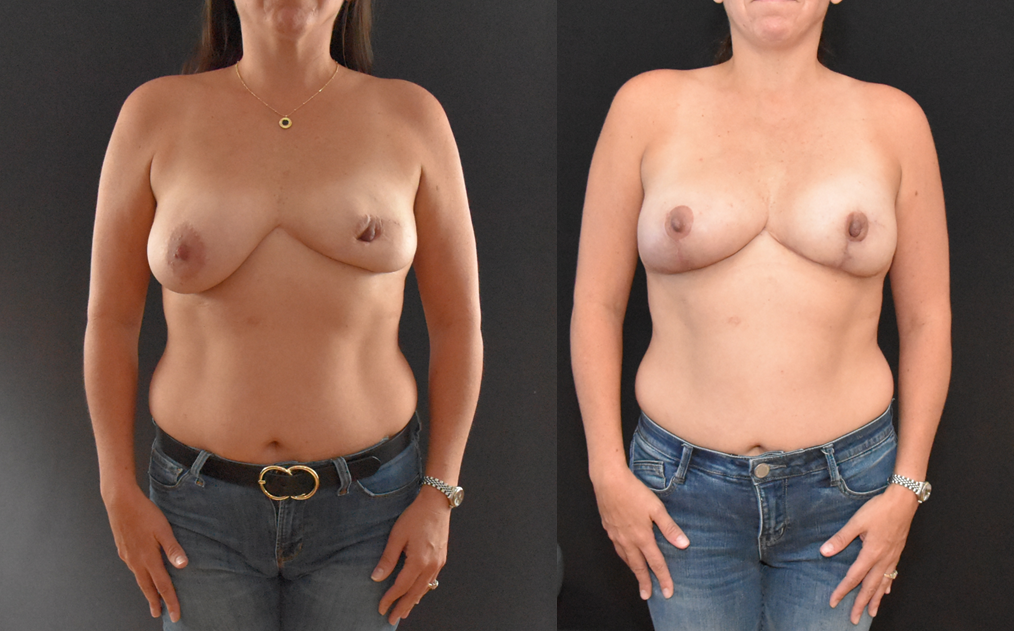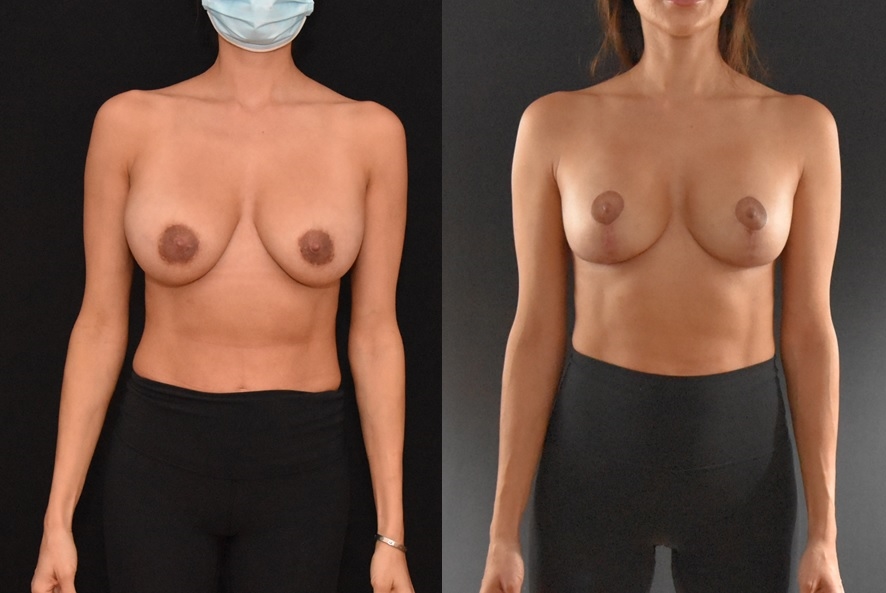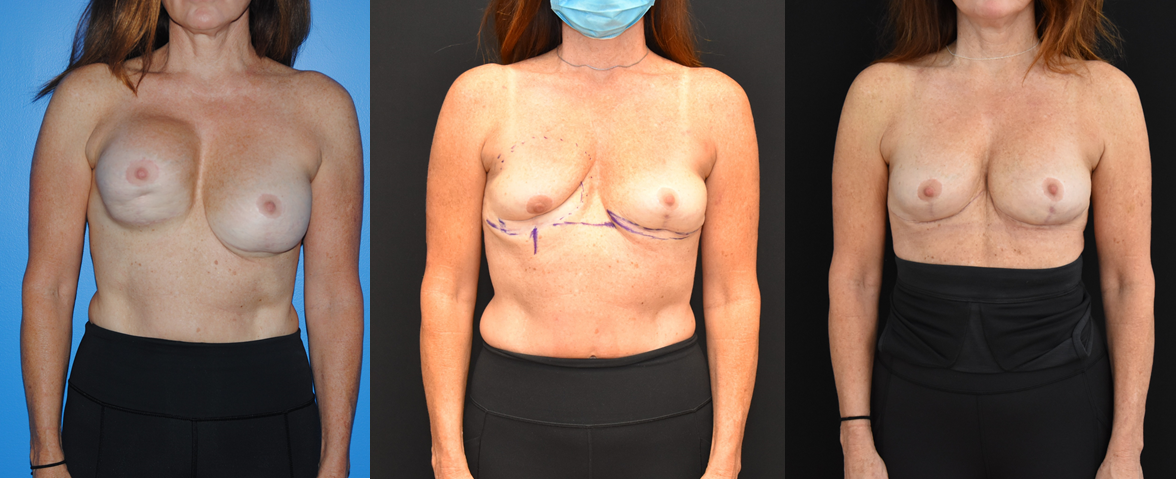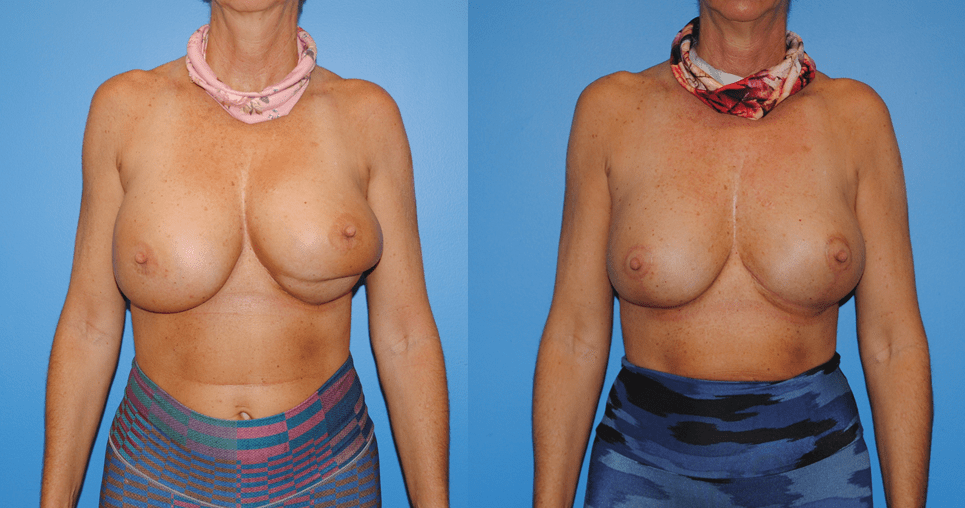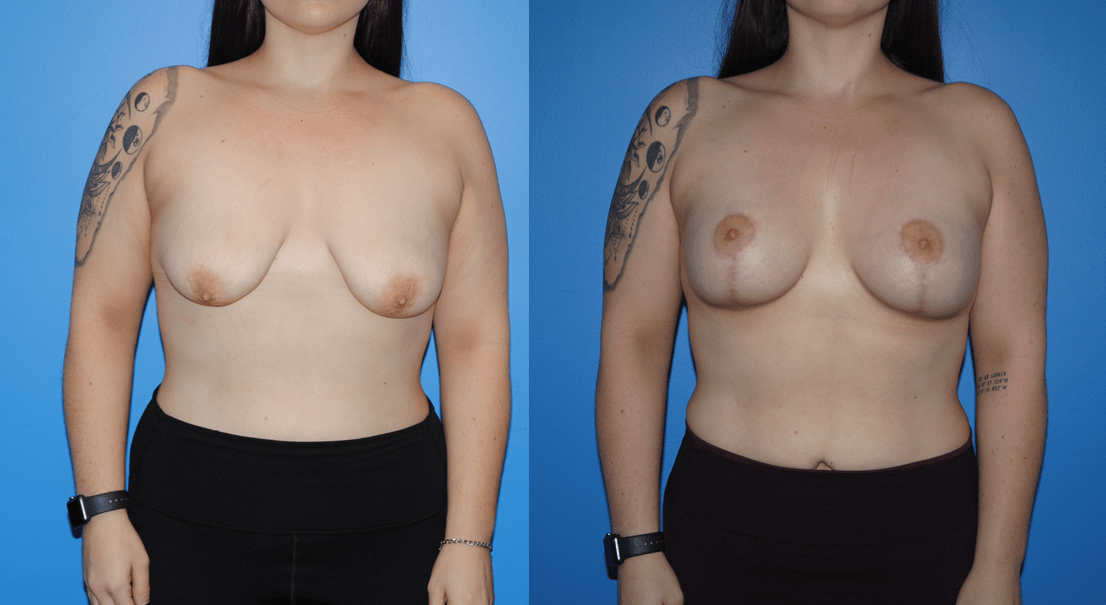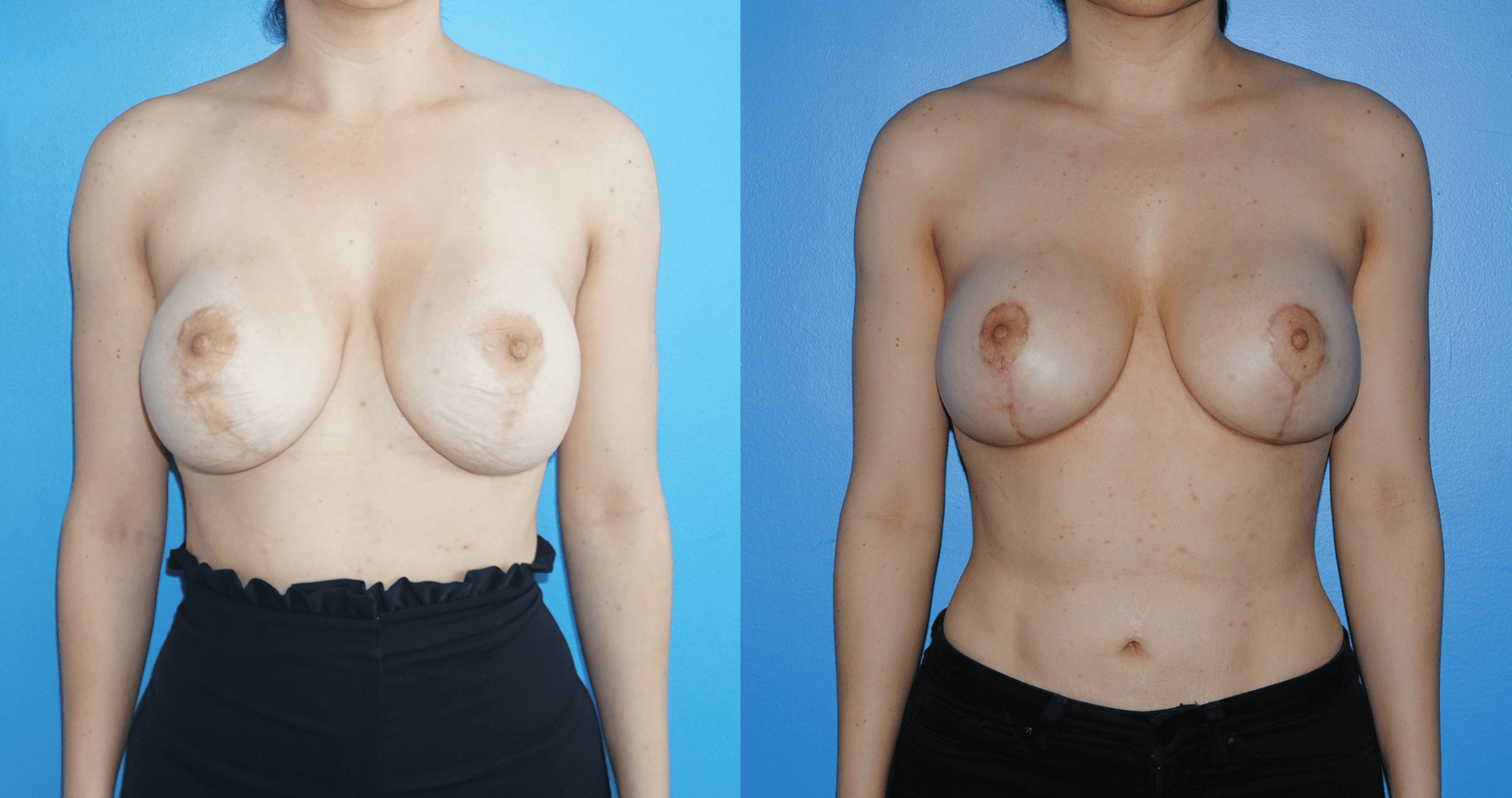Mastopexy-augmentation is a helpful procedure to increase the size of the breast as well as lift the nipple areola complex and put the breast in a higher position on the chest wall. In a mastopexy-augmentation, the size and position of the nipple areola complex can be controlled with the inverted T incision pattern. The implant can be placed in a…
